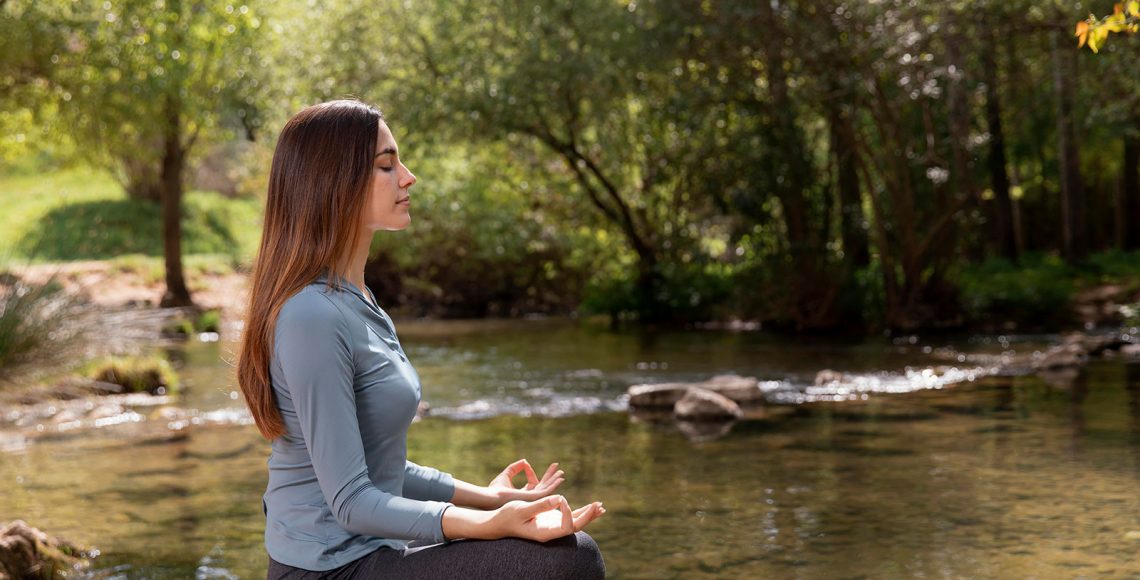Creating the Perfect Sanctuary
Our buildings can shape our habits, help balance our sleep-wake cycle, drive us toward healthy and unhealthy choices, and passively influence our health through the quality of our surroundings.
Biophilia and wellness-related technology are becoming big business in workspaces, factories, hotels, prisons and other commercial environments. Now the technology is moving fast and furious into the residential sector. In this newsletter series we will explore new and upcoming technology trends as they relate to wellness in design solutions.
In addition, we believe that wellness doesn’t stop inside the four walls of a house or a building. Therefore, we will also include some related tidbits from other fields such as nutrition, fitness and spirituality. In this second installment, we will focus on creating sanctuaries to foster well-being.
Mindful Design
The word mindfulness is sure a buzz word in recent years. Even public schools now incorporate mindfulness classes as part of their curriculum. So, how can we incorporate mindfulness into home-design? In this day and age most of us are bombarded with information, stimuli, and stressors. For most of us, when we get home, we’d like to close the door and leave the outside world and its stressors behind. Though, this is not always a viable option: Kids, spouses, chores, unfinished work and demanding clients or co-workers all want a share of our time and attention.
The Power of meditation
One way of coping with stress is the practice of the mind and body connection. Many people resort to the daily practice of yoga and/or meditation. As a matter of fact, the number of people practicing meditation tripled since 2012 and based on a 2017 research, over 14% of US adults practice yoga and/or meditation. (Read article here)
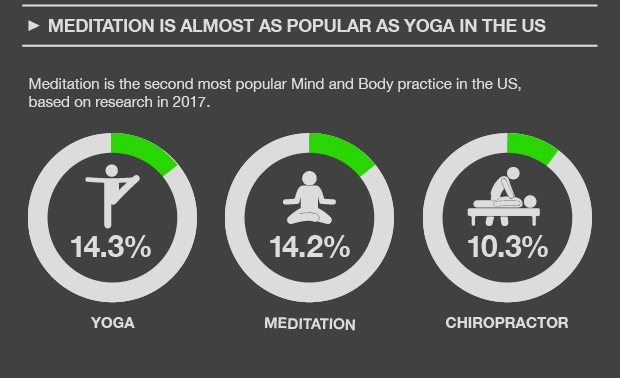
What About Your Clients?
There’s a vast body of research that shows the benefits of regular meditation practice and other mind/body methods, from stress relief to enhanced sense of focus and well-being. So, chances are that your clients are among those who have some form of mindfulness practice.
According to 2015 statistics, the meditation and mindfulness market was worth $1B back then and with the proliferation of mindfulness apps, such as Headspace and Calm as well as the explosion of mindfulness throughout other industries such as food & travel, that number is likely to have increased since.
According to a MarketWatch article published Oct 2018, “Meditation rooms are the hottest new work perk”.
What about your clients’ residence? Wouldn’t it make sense to have a dedicated space where they can close the world behind and devote some time for themselves?
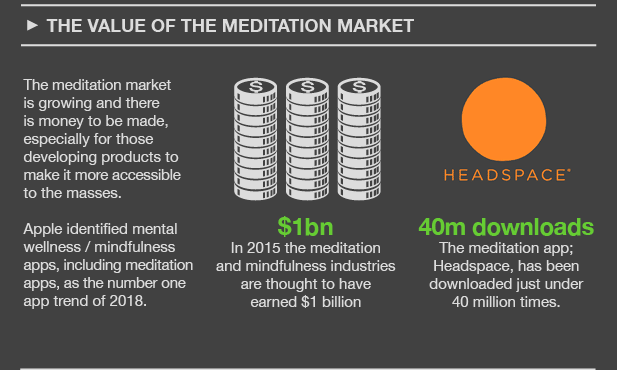
Biophilia
The Art of Bringing Nature Indoors
There are numerous studies that confirm the benefits of exposure to nature on our well-being, even if that exposure is to virtual nature, i.e. in the form of images whether static or active such as video content. The most notable of these studies is a research conducted by Robert S. Ulrich between 1972 and 1981 that found that patients recovering from surgery had faster recovery rates and fewer complaints when assigned to a room with a window view of a natural setting. (Read article here)
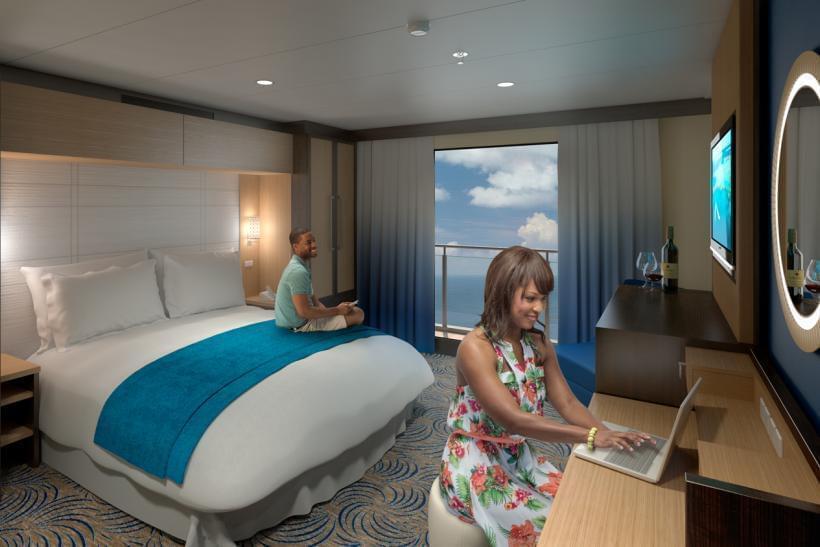
The Perfect Sanctuary – A Wellness Room
So, how can these concepts be implemented in your projects? Step in Biodigrity:
Biodigrity is a term coined by CEPro magazine which means to stimulate nature through technology.
Whether you work on a private residence or the common space of a condo or rental building, chances are that some sort of a dedicated media room or space is in the plans. A dedicated gym or a yoga room might also be part of the design. The time has come for these media rooms to evolve and add more benefits to their users. We now have the technology and know-how to incorporate natural scenery to these rooms to provide an immersive experience that can place their user in any natural scene their heart desires.
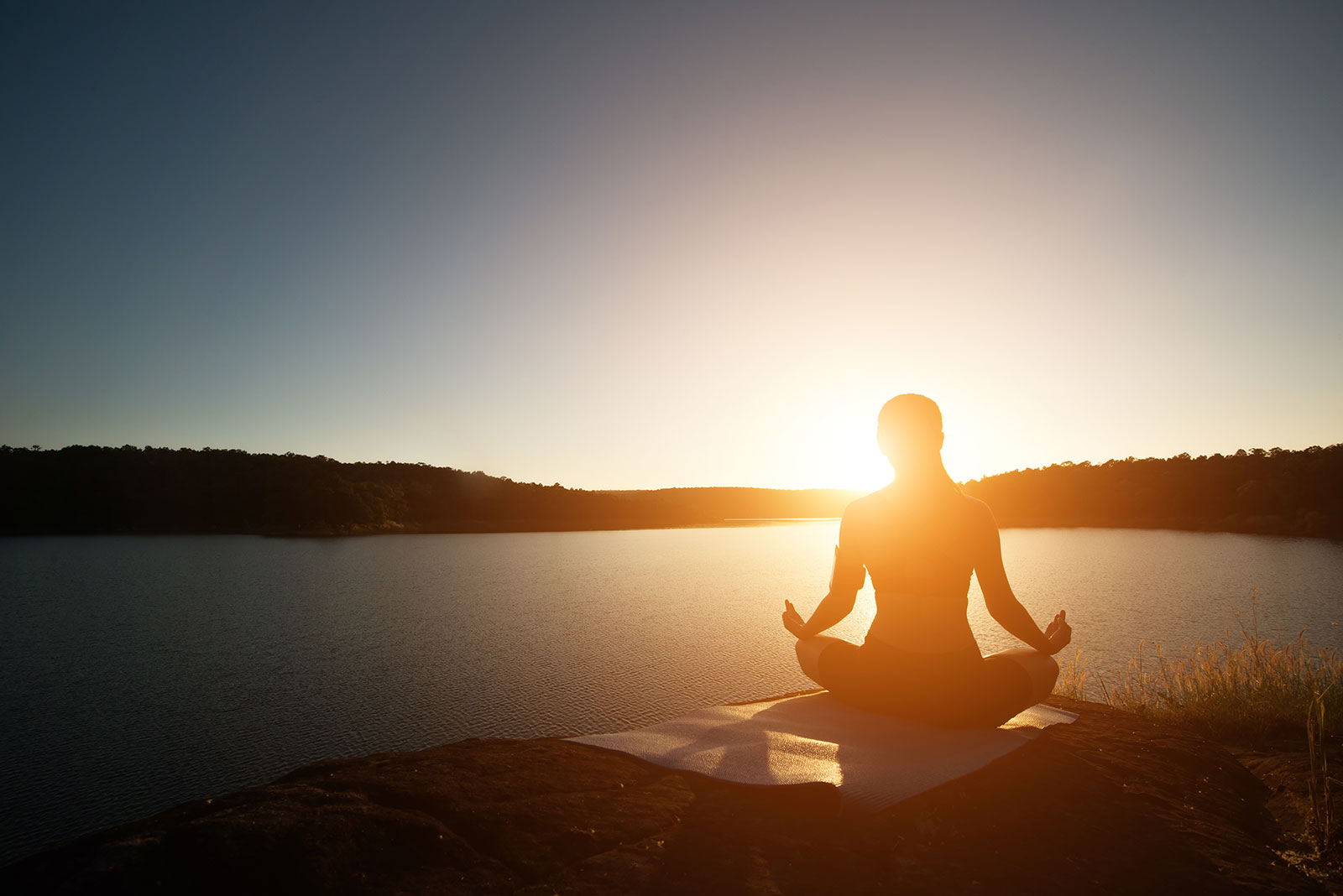
The Three Senses
Wouldn’t it be great to meditate or practice yoga in front of a gushing waterfall or a running stream? Maybe you prefer a mountain lake with snow-capped-peaks? And who wouldn’t like to
relax in front of an ocean sunset? We now have the ability to bring all these sceneries to your home, office or building with vivid experience that encompasses vision, sound, and even scent. If we take an ocean sunset as a preferred scene for example; we can have a vivid image in 4K (and 8K coming soon) on a large screen with splashing waves and a beautiful sunset (Fiji anyone?), hear the waves in life-like sound through 360 degree sound, while the light dims to a warm sunset glow. An Ocean Breeze scent made from organic oils, will then disperse in the space through a special dispensing unit providing a real-life experience that encompasses all three senses of vision, auditory and smell.
From Meditation to Concerts to Sunday Football
The convenience of these rooms is that they’re flexible in their nature: You can go from a relaxing meditation in the morning to a live concert or movie with high fidelity sound in the evening to a Sunday football party on the weekend with your team’s colors as the accent light. The beauty is that such a space can be incorporated into almost any design due to its versatility. It can also address the requirements of all the residence’s inhabitants, from those who love sports to those who prefer live music and those who simply want to close the world behind for an hour and just relax in nature.
Final Thoughts
With the rapid growth of urbanization in recent decades, us humans became removed from nature. The absence of interaction with nature which is an innate need to foster our feeling of well-being, resulted in many conditions that are prevalent in our society: Anxiety, depression, sleep deprivation and obesity just to name a few. We now have the power through technology to bring a virtual version of nature to people who don’t have regular access to it and help bring some of the benefits that come with a daily dose of nature.

